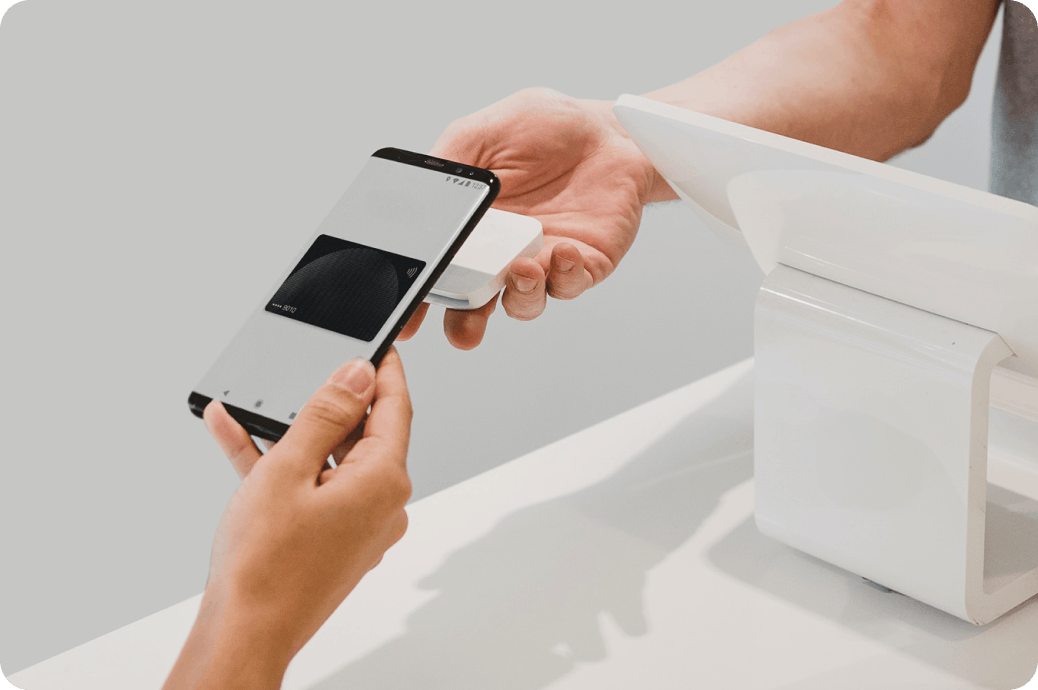Anonymized Notifications Case Study
Leading fintech company achieves 10% payment growth with in-app notifications
Company
Credited to being one of the pioneers of the digital payments revolution in India, this company has become a leading payments app in the country. Today, more than 20 million merchants and businesses are powered by this brand to accept payments digitally. Over 300 million Indians use the app for various financial transactions and services.
"We needed a way to send transactional messages to provide context and history of payments. Sendbird lets us send notifications that remain accessible inside the app, allowing for greater visibility, engagement, and conversion versus Push and SMS. In part with Sendbird, we’ve seen payment growth of 10%."
Product Manager
Business Challenge
While the company's initial use case for implementing Sendbird was to provide context and history for user-to-user payments, it was not the only use case on the roadmap. The product team recognized that to create a cohesive and seamless payments ecosystem not only between users but also businesses, sending brand-to-user messages and notifications would be integral to providing the improved user experience the team was seeking to achieve.
“By law, we use multiple channels to reach out and notify users, including SMS, WhatsApp, email, and push notifications,” states one of the team’s leading Product Managers, “however, there can be quite a few drawbacks with these channels.” A common trend across industries with SMS and WhatsApp is that users often receive dozens, if not hundreds, of other daily messages on these channels daily. This is problematic when businesses must send users important transactional or promotional notifications only to end up being lost in the ether. Notifications were easily lost amongst other messages, making it difficult for users to find and refer to payment and purchase history. They conclude, “no one wants to take the time to sift through old messages or emails to find what they need. As such, we sought to build a solution that would be fast, easy, and convenient for users to find the messages that matter and act as a workaround to the shortcomings of these other channels.”
Why Sendbird
With Sendbird already enabling well over 1 billion messages sent every month on the platform, building a brand-to-user notifications tool with Sendbird was the natural next step. “We wanted to send customers several types of notifications to enhance their user experience. From transactional messages such as successful or failed payments, letting them know funds may be low and recharging their wallets,” says the PM, “to promotional messages such as the announcement of new features or services.”
The company also sought to consolidate all its pertinent notifications into easy-to-access areas of the app where users could consistently refer. “One of the greatest values of Sendbird is the persistence and accessibility of messages,” the PM exclaims, “regardless of SMS or WhatsApp messages being lost or missed, or push notifications disappearing, users will always be able to refer to the app and see the state of affairs of everything related to payments or purchases. This was huge for us.”
Results
After implementing Sendbird, the company has seen considerable improvements in user engagement and transactions. For the Indian market, payment history is a critical factor in the money transfer experience, as users want confidence that the correct recipients are successfully receiving payments, and if not, then why? “Sendbird provides the history and context that we needed, and notifications from our business are now more visible and accessible versus push and SMS. In part with Sendbird, we’ve seen user payment growth increase 10%” says the PM. Prior to Sendbird, users were conducting approximately 7 million daily transactions. Today, the company processes more than 10 million daily transactions, and this number continues to grow.
The more engaged and social a user is, the more likely they are to transact frequently within the app. With user-to-user and brand-to-user messages enabled via Sendbird, both have been a great tool in ensuring users return, which the PM dictates “positively impacts conversions and retention.” Today, over 35% of users directly use in-app chat to make payments, a number they claim “is very significant, considering customers have many different entry points to pay, but prefer chat the most.”
The customizability of messages and notifications is also important for the company. Many users engage primarily with visual cues, so if a customer looks at their history and sees green message boxes, then payments are going through successfully. If they see red, there is an issue, and they can work to resolve why. However, the flexibility extends further with design. For example, if a customer purchased a movie ticket, including a banner of the film with confirmation and reminder messages would make sense. The PM asserts that the “smaller details such as these contribute to a better user experience, and one we pay close attention to when rolling features out.”
Finally, Sendbird has enabled the team to analyze successful actions or lack thereof with users. The PM explains that “every message represents some state of the payment. If there are any failures, it gives the company an understanding or learning of what went wrong and where to fix these problems in the future.” This contributes to better conversions, growth, and repeat payment journeys.
As for the future, the team continues to move forward in their goal to modernize payments for India in the most effective ways possible. “With the high price of other channels, cost is an important factor for us,” the PM concludes, “but there are other factors as well. Efficacy, maintenance, all these reasons make moving even more of our brand-to-user communication to Sendbird a real possibility.”







